The most accurate quantum measurements possible are made using an interferometer, which exploits the wave nature of matter and light. In this method, two identical beams of particles are sent along different paths to a detector, with one interacting with an object of interest along the way. Recombining the beams afterwards creates an interference pattern that reflects how much the interacting beam was disturbed -providing details about the object's properties. Assuming that the particles interact with the object, but not with one another, the accuracy of such measurements grows in proportion to the number of particles in the beams, N. By allowing such particle interactions, Mario Napolitano of the Institute of Photonic Sciences in Barcelona, Spain, and colleagues have now demonstrated a way to break this so-called Heisenberg limit.
See also [http://physicsworld.com/cws/article/news/45535 Quantum probe beats Heisenberg limit] article in PhysicsWorld.
